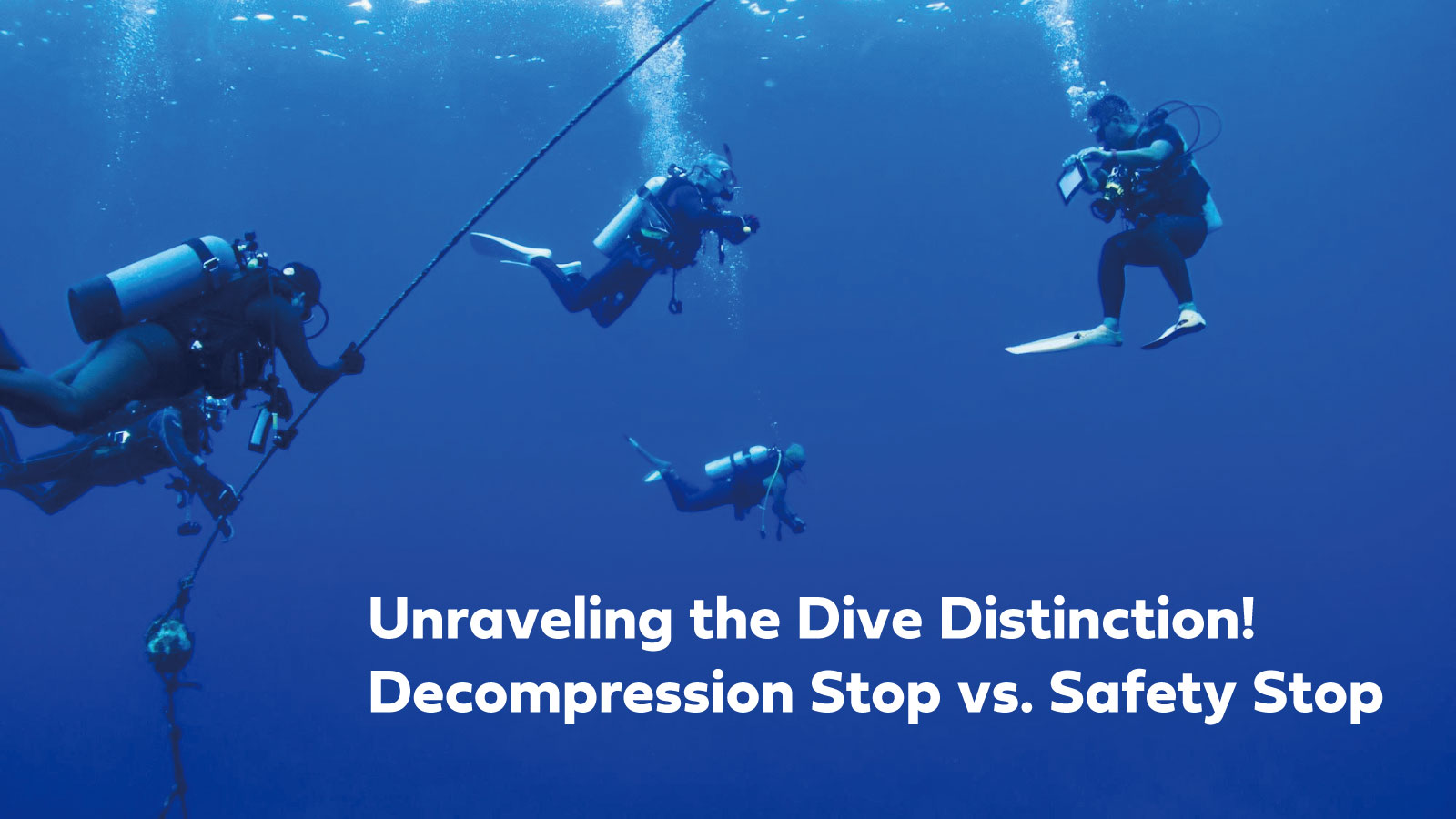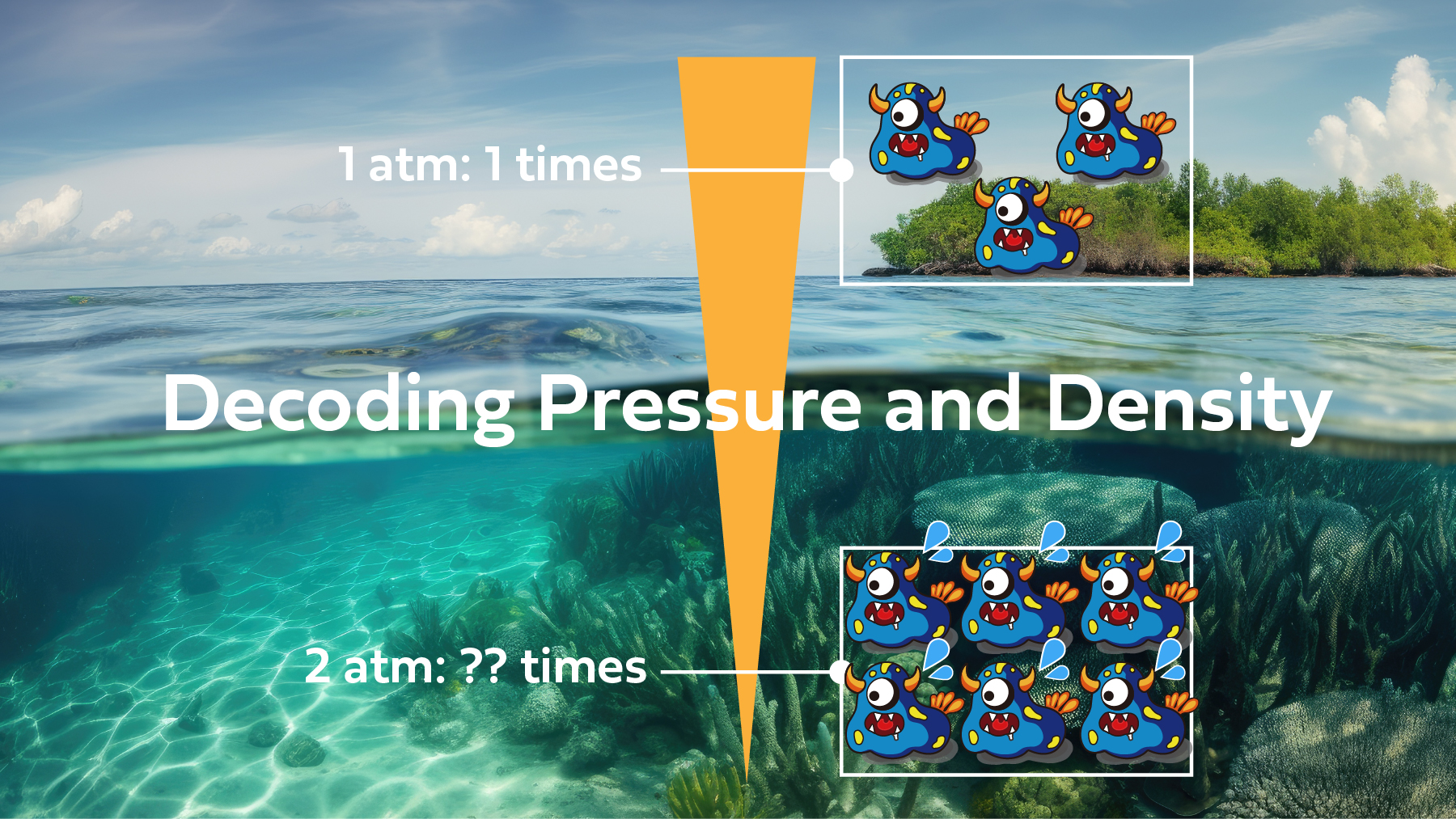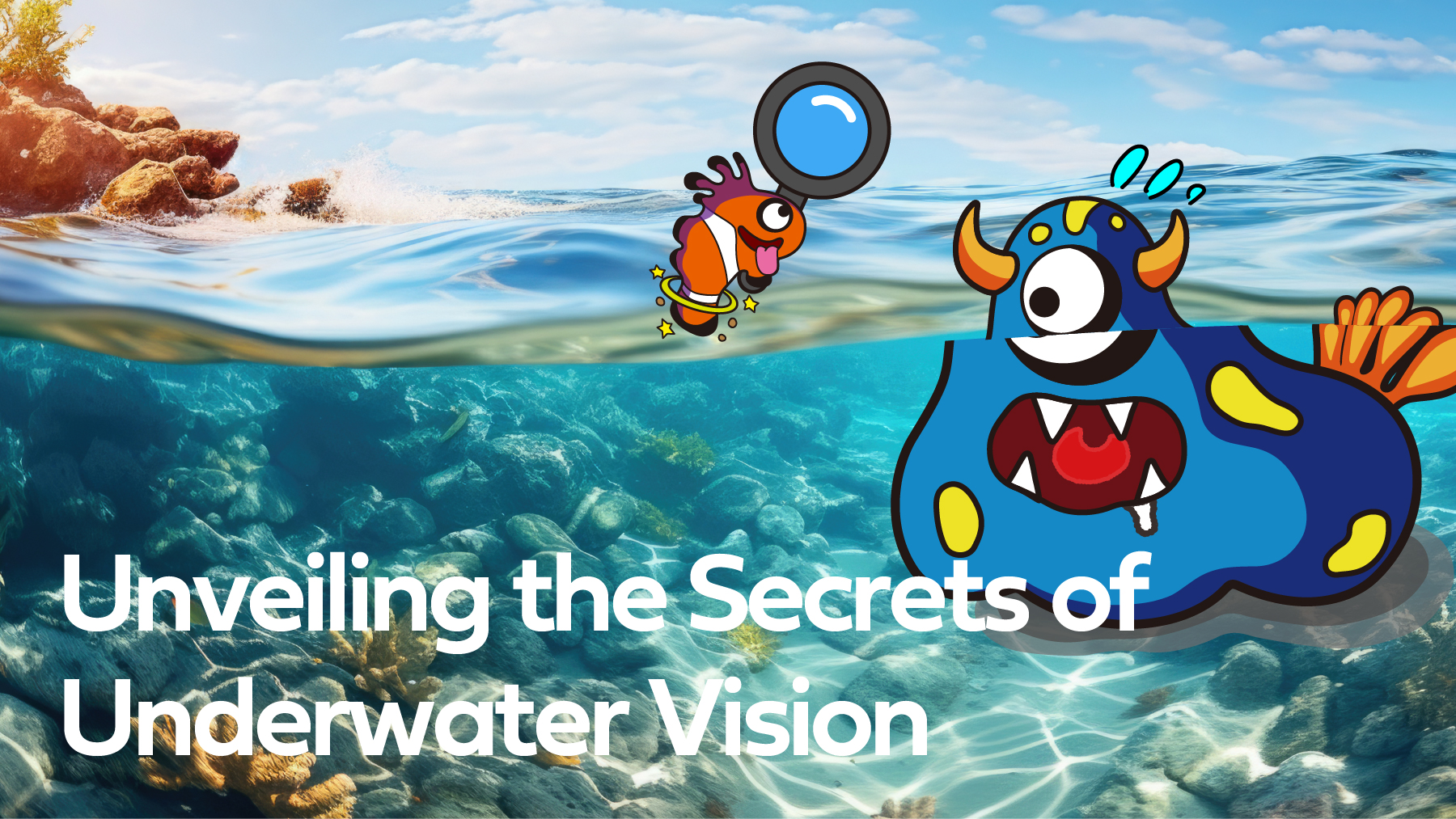
DECO, short for decompression, plays a crucial role in ensuring diving safety.
As we discussed in this article, standard dives operate under the assumption of “no-decompression required”. It allows divers to explore without the need for Decompression stops. However, venturing beyond the allocated time for a no-decompression dive – NDL, No decompression Limit – will trigger Decompression and is not included in your basic scuba class.
This phenomenon is promptly signaled by dive computers displaying “DECO.” In this article, we’ll delve into its main significance and offer insights on how to handle it effectively. Hint, it requires additional training with an instructor!
Defining Decompression
One major limitation to scuba diving, as you leave the surface to go deeper, 79% Nitrogen – considered an inert gas – that is in the air starts absorbing into your body’s tissues, also known as ingassing, the deeper you go, the more nitrogen absorbs in your body equal to your ambient pressure.
During your ascent, Decompression involves gradually reducing pressure on a diver’ tissues from exposure to increased pressure during a dive. This process allows inert gasses – usually Nitrogen – absorbed in your body’s tissues to offgas safely. It’s vital to comprehend how pressure impacts gas absorption in the body. As divers descend, the body absorbs more nitrogen due to the increased underwater pressure. Decompression procedures , during your ascent, allow for the safe offgassing of this nitrogen. You want this to occur before the nitrogen bubbles in your tissues causing Decompression Sickness (also called DCI, Decompression Illness) requiring Chamber treatment.
A safety stop is a brief stop during ascent, typically at 15 feet (around 4.5 meters) for about 3-5 minutes. It allows additional nitrogen to off-gas before reaching the surface, adding an extra layer of precaution.
Decompression is a different process. It’s necessary when divers exceed the time or depth limits of a no-decompression dive. It involves a systematic series of stops at various depths to allow gases to safely dissipate.
When a dive computer displays “DECO,” it provides specific details like depth and time. These indicators guide divers through the required DECO stops to ensure a safe ascent. Strictly adhering to the instructions provided by the dive computer is imperative. It’s a real-time tool that adjusts based on the dive profile. This is typically done during Technical Diving training such as Advanced Nitrox or Deco Procedures by a qualified Instructor.
Managing DECO Risk:
While Decompression is a vital safeguard, it’s not an excuse for reckless diving. Proper dive planning, staying within limits, and using dive tables or computers for reference remain essential. Always know your NDL for the depth you’re planning.
As your NDL diminishes, the risk of decompression sickness (DCS) increases. This is a critical consideration for divers to factor into their decision-making.
Dispelling Decompression Misconceptions:
Keep in mind that Decompression stops are a necessary safety measure and not a loophole for extending dive times. Relying solely on Decompression is a dangerous misconception, unless a certified Technical diver.
Avoiding Decompression is not a badge of honor; it’s a sign of proper dive planning and adherence to safety protocols. Some advanced recreational scuba certifications may allow 5 to 10 minutes maximum Decompression stops and still require a safety stop.
Implementing Decompression Safety Measures:
Familiarize yourself with your dive computer’s Decompression indications. This includes understanding how depth and time influence Decompression requirements. Maintaining a buffer of at least 10 minutes of DECO time is prudent. It provides an extra layer of safety, especially in unforeseen circumstances.
In Conclusion:
Decompression is a critical aspect of safe diving practices, requiring a comprehensive understanding. Divers should be well-informed about its implications. They also must be prepared to respond when confronted with unexpected DECO scenarios. Safety remains paramount. Being knowledgeable about Decompression is an essential facet of responsible diving. By handling Decompression with care, divers can ensure their underwater adventures are both exciting and safe!
Another way to lower the risk of requiring Decompression is to get Nitrox certified.






